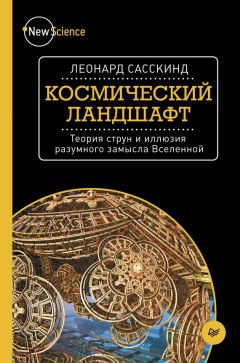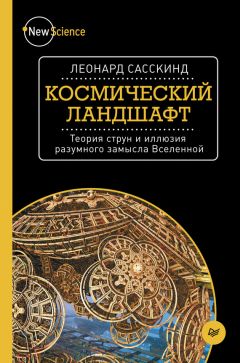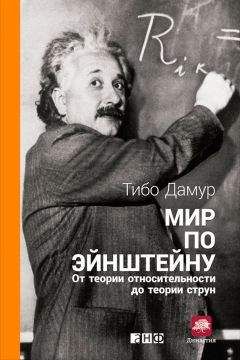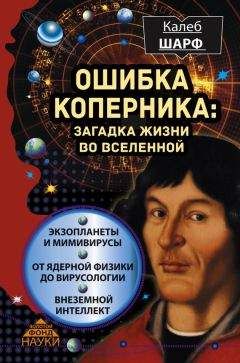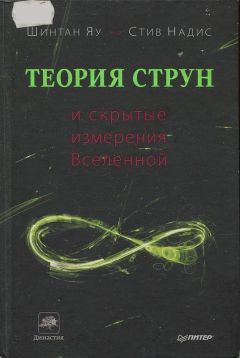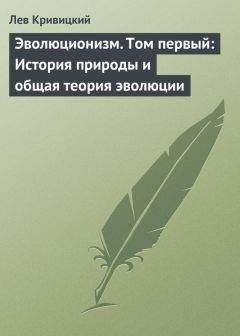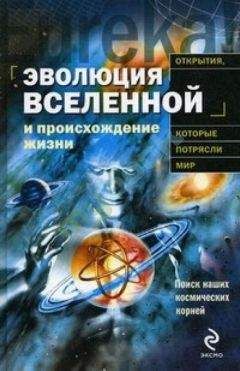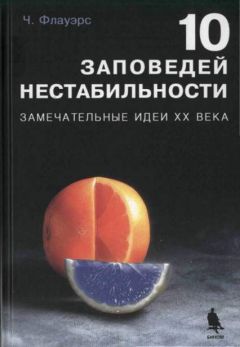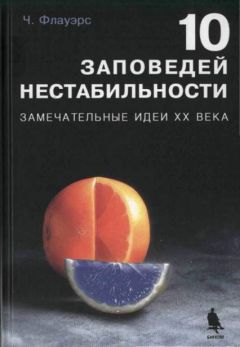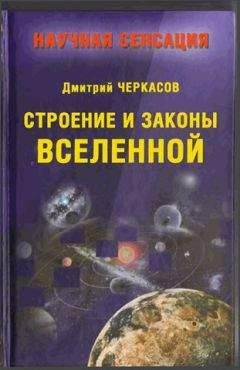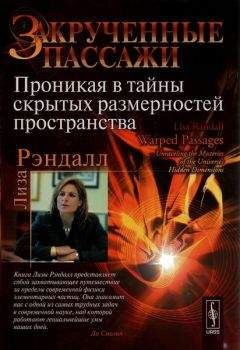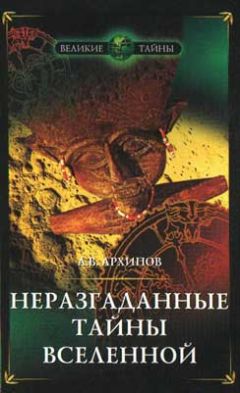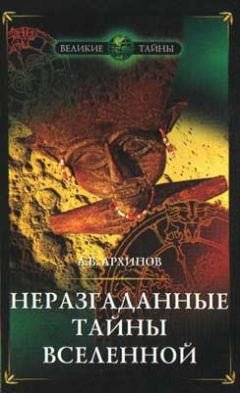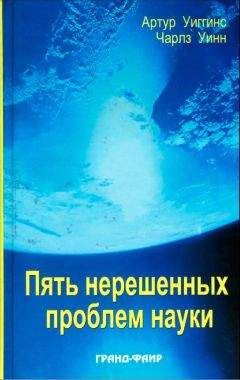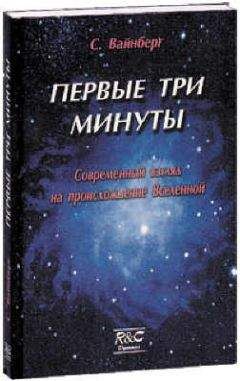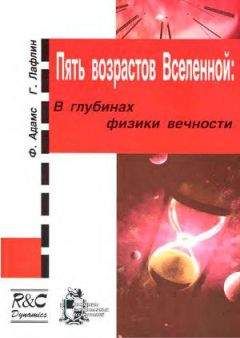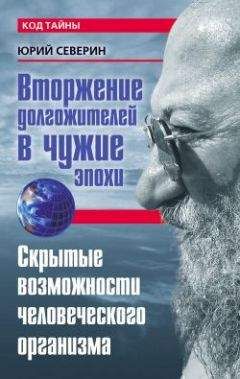Шинтан Яу - Теория струн и скрытые измерения Вселенной
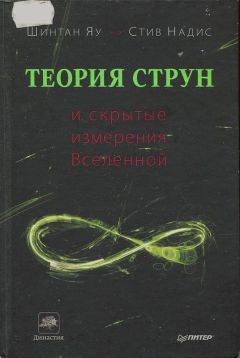
Скачивание начинается... Если скачивание не началось автоматически, пожалуйста нажмите на эту ссылку.
Жалоба
Напишите нам, и мы в срочном порядке примем меры.
Описание книги "Теория струн и скрытые измерения Вселенной"
Описание и краткое содержание "Теория струн и скрытые измерения Вселенной" читать бесплатно онлайн.
Революционная теория струн утверждает, что мы живем в десятимерной Вселенной, но только четыре из этих измерений доступны человеческому восприятию. Если верить современным ученым, остальные шесть измерений свернуты в удивительную структуру, известную как многообразие Калаби-Яу. Легендарный математик Шинтан Яу, один из первооткрывателей этих поразительных пространств, утверждает, что геометрия не только является основой теории струн, но и лежит в самой природе нашей Вселенной.
Читая эту книгу, вы вместе с авторами повторите захватывающий путь научного открытия: от безумной идеи до завершенной теории. Вас ждет увлекательное исследование, удивительное путешествие в скрытые измерения, определяющие то, что мы называем Вселенной, как в большом, так и в малом масштабе.
Taubes, “Black Holes and Beyond.”
154
L. Frank Baum, The Wizard of Oz (Whitefish, Mont.: Kessinger, 2004), p. 111.
155
Volker Braun (Dublin Institute for Advanced Studies), interview with author, November 4, 2008.
156
Philip Candelas (Oxford University), interview with author, December 1, 2008.
157
Ibid.
158
Andrew Strominger (Harvard University), interview with author, February 7, 2007.
159
Cumrun Vafa, “The Geometry of Grand Unified Theories,” lecture, Harvard University, Cambridge, Mass., August 29, 2008.
160
Chris Beasley (Stony Brook University), interview with author, November 13, 2008.
161
Burt Оvrut (University of Pennsylvania), interview with author, July 20, 2008.
162
Ovrut, interview with author, February 2, 2007.
163
Ron Donagi (University of Pennsylvania), interview with author, November 14, 2008.
164
Donagi, interview with author, November 19, 2008.
165
Candelas, interview with author, December 1, 2008.
166
Donagi, interview with author, May 3, 2008
167
Ovrut, interview with author, November 20, 2008.
168
Donagi, interview with author, November 20, 2008.
169
Ovrut, interview with author, November 20, 2008.
170
Shamit Kachru (Stanford University), interview with author, November 4, 2008.
171
Michael Douglas (Stony Brook University), interview with author, August 20, 2008.
172
Candelas, interview with author, December 1, 2008.
173
Simon Donaldson (Imperial College), interview with author, November 29, 2008.
174
Ovrut, interview with author, November 19, 2008.
175
Candelas, interview with author, December 1, 2008.
176
Strominger, interview with author, February 7, 2007.
177
Adrian Cho, “String Theory Gets Real — Sort Of,” Science 306 (November 26, 2004): 1,461.
178
Candelas, interview with author, December 1, 2008.
179
Allan Adams (MIT), interview with author, November 15, 2008.
180
Gary Shiu, quoted in Adrian Cho, “String Theory Gets Real — Sort Of” Science 306 (November 26, 2004): 1,461.
181
Shamit Kachru (Stanford University), e-mail letter to author, December 6, 2008.
182
Shamit Kachru, Renata Kallosh, Andrei Linde, and Sandip Trivedi, “De Sitter Vacua in String Theory,” Physical Review D 68 (2003).
183
Raman Sundrum (Johns Hopkins University), interview with author, February 22, 2007.
184
Liam McAllister (Cornell University), interview with author, November 12, 2008.
185
Kachru, interview with author, September 8, 2007.
186
Liam McAllister (Princeton University), interview with author, February 20, 2007.
187
Joe Polchinski (University of California, Santa Barbara), interview with author, February 6, 2006.
188
David Gross, quoted in Dennis Overbye, “Zillions of Universes? Or Did Ours Get Lucky?” New York Times, October 28, 2003.
189
Burton Richter, “Randall and Susskind,” letter to editor, New York Times, January 29, 2006.
190
Leonard Susskind, The Cosmic Landscape (New York: Little Brown, 2006), pp. 354–355.
191
Tristan Hubsch (Howard University), interview with author, November 7, 2008.
192
Mark Gross (Stanford University), interview with author, October 31, 2008.
193
Gross, interview with author, September 19, 2008.
194
Miles Reid (University of Warwick), interview with author, August 12, 2007.
195
Allan Adams (MIT), interview with author, October 31, 2008.
196
Gross, interview with author, October 31, 2008.
197
Adams, interview with author, October 31, 2008.
198
Tristan Hubsch, e-mail letter to author, December 15, 2008.
199
Melanie Becker (Texas A&M University), interview with author, February 1, 2007.
200
Andrew Strominger (Harvard University), interview with author, February 7, 2007.
201
Li-Sheng Tseng (Harvard University), interview with author, December 17, 2008.
202
Becker, interview with author, February 1, 2007.
203
Polchinski, interview with author, January 29, 2007.
204
Strominger, interview with author, August 1, 2007.
205
Burt Ovrut (University of Pennsylvania), interview with author, February 2, 2007.
206
Geoffrey Landis, “Vacuum States,” Asimov's Science Fiction 12 (July 1988): 73–79.
207
Andrew R. Frey, Matthew Lippert, and Brook Williams, “The Fall of Stringy de Sitter,” Physical Review D. 68 (2003).
208
Sidney Coleman, “Fate of the False Vacuum: Semi-classical Theory,” Physical Review D. 15 (May 15, 1977): 2,929-2,936.
209
Steve Giddings (University of California, Santa Barbara), interview with author, September 24, 2007.
210
Matthew Kleban (New York University), interview with author, January 17, 2008.
211
Dennis Overbye, “One Cosmic Question, Too Many Answers,” New York Times, September 2, 2003.
212
Andrei Linde (Stanford University), interview with author, December 27, 2007.
213
Giddings, interview with author, October 17, 2007.
214
Shamit Kachru (Stanford University), interview with author, September 18, 2007.
215
Linde, interview with author, December 27, 2007.
216
Henry Tye (Cornell University), interview with author, September 12, 2007.
217
Linde, interview with author, January 10, 2008.
218
S. W. Hawking, “The Cosmological Constant,” Philosophical Transactions of the Royal Society A. 310 (1983): 303–310.
219
Kleban, interview with author, January 17, 2008.
220
Steven B. Giddings, “The Fate of Four Dimensions,” Physical Review D. 68 (2003).
221
Geoffrey Landis, “Vacuum States,” Asimov's Science Fiction 12 (July 1988): 73–79.
222
Andrew R. Frey, Matthew Lippert, and Brook Williams, “The Fall of Stringy de Sitter,” Physical Review D. 68(2003).
223
Sidney Coleman, “Fate of the False Vacuum: Semi-classical Theory,” Physical Review D. 15 (May 15, 1977): 2,929-2,936.
224
Steve Giddings (University of California, Santa Barbara), interview with author, September 24, 2007.
225
Matthew Kleban (New York University), interview with author, January 17, 2008.
226
Dennis Overbye, “One Cosmic Question, Too Many Answers,” New York Times, September 2, 2003.
227
Andrei Linde (Stanford University), interview with author, December 27, 2007.
228
Giddings, interview with author, October 17, 2007.
229
Shamit Kachru (Stanford University), interview with author, September 18, 2007.
230
Linde, interview with author, December 27, 2007.
231
Henry Tye (Cornell University), interview with author, September 12, 2007.
232
Linde, interview with author, January 10,2008.
233
S. W. Hawking, “The Cosmological Constant,” Philosophical Transactions of the Royal Society A. 310 (1983): 303–310.
234
Kleban, interview with author, January 17, 2008.
235
Steven B. Giddings, “The Fate of Four Dimensions,” Physical Review D. 68 (2003).
236
Текст этого и последующих комментариев до конца Главы 12 отсутствует в издании. Похоже, что и комментарии с начала этой главы неверны (прим. Vadi)
237
То же.
238
То же.
239
То же.
240
То же.
241
То же.
242
То же.
243
То же.
244
То же.
245
То же.
246
То же.
247
То же.
248
То же.
249
То же.
250
То же.
251
Peter Goddard, ed., Paul Dirac: The Man and His Work (New York: Cambridge University Press, 1998).
252
Eugene Wigner, “The Unreasonable Effectiveness of Mathematics in the Natural Sciences,” Communications in Pure and Applied Mathematics 13 (February 1960).
253
Chen Ning Yang, S. S. Chem: A Great Geometer of the 20th Century (Boston: International Press, 1998), p. 66.
254
Robert Osserman, Poetry of the Universe (New York: Anchor Books, 1996), pp. 142–143.
255
Richard P. Feynman, The Character of Physical Law (New York: Modern Library, 1994), p. 50.
256
Michael Atiyah, quoted in Patricia Schwarz, “Sir Michael Atiyah on Math, Physics and Fun,” The Official String Theory Web site, http://www.superstringtheory.com/people/atiyah.html.
Подписывайтесь на наши страницы в социальных сетях.
Будьте в курсе последних книжных новинок, комментируйте, обсуждайте. Мы ждём Вас!
Похожие книги на "Теория струн и скрытые измерения Вселенной"
Книги похожие на "Теория струн и скрытые измерения Вселенной" читать онлайн или скачать бесплатно полные версии.
Мы рекомендуем Вам зарегистрироваться либо войти на сайт под своим именем.
Отзывы о "Шинтан Яу - Теория струн и скрытые измерения Вселенной"
Отзывы читателей о книге "Теория струн и скрытые измерения Вселенной", комментарии и мнения людей о произведении.





